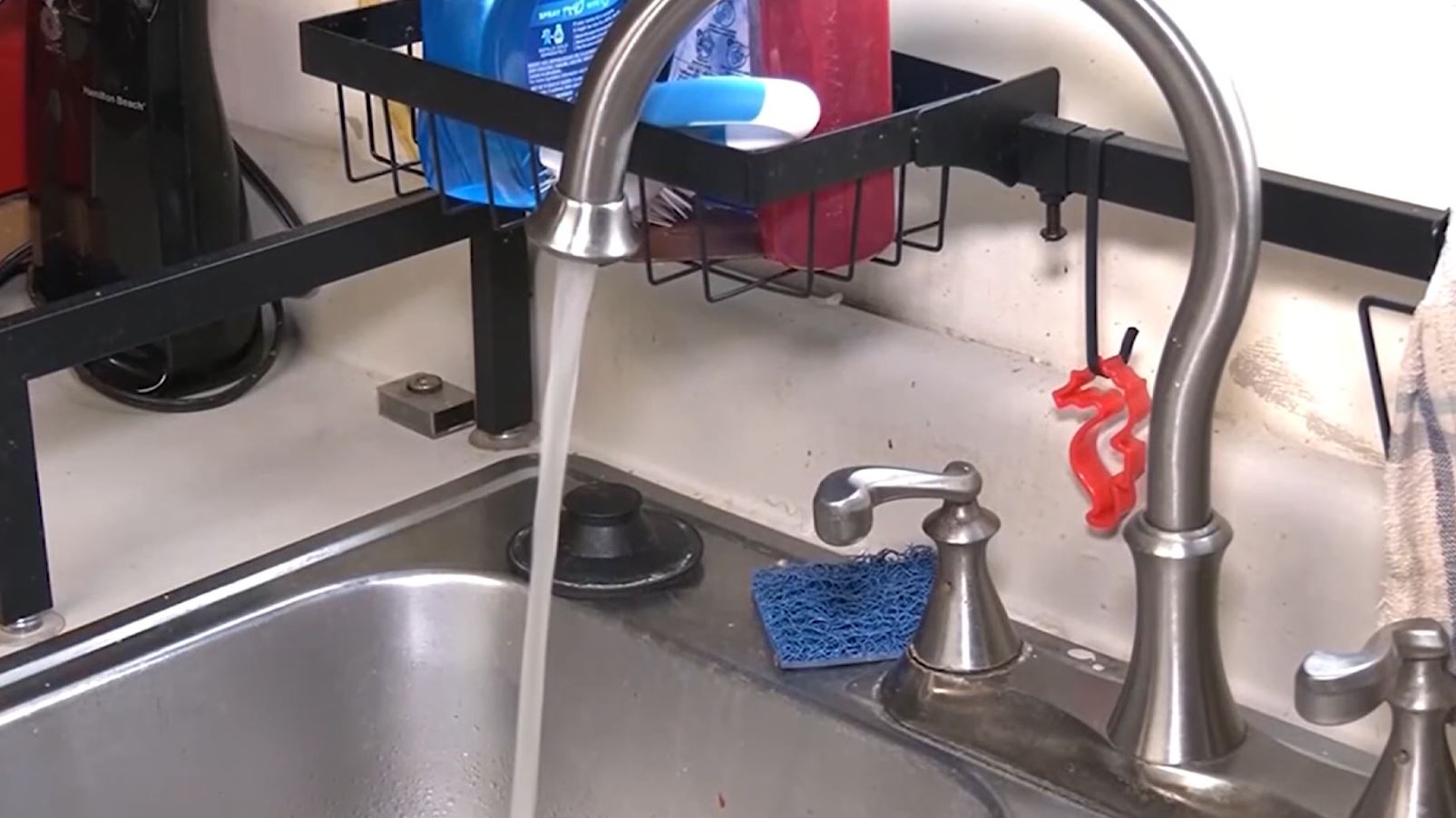CADILLAC — The Michigan PFAS Action Response Team (MPART) has collected three rounds of private drinking water well samples, shared the results from the first two rounds and provided FAQ answers to the community.
Below, you can find information from MPART’s report on what steps to take to address water source contamination in your home via filtration systems.
According to the report, all households in the PFAS investigation area that are sampled by MPART and whose wells have any detection of PFAS are offered point-of-use filters typically installed under the kitchen sink through a Michigan Department of Health and Human Services filter recommendation. District Health Department No. 10 in Cadillac will coordinate with a certified plumber and the resident to have the filter installed free of charge.
MPART is only offering filters to residents in the Cadillac Industrial Area of Interest who are on private drinking water wells sampled by MPART that have PFAS detections or exceedances in their drinking water.
Haring Township and the City of Cadillac public water supplies are both regulated under the Michigan Safe Drinking Water Act. They are currently in compliance with the Michigan Safe Drinking Water Act. Therefore, a PFAS-reducing filter will not be provided nor is needed for households on municipal water.
If results in the area show detections or exceedances, investigations are expanded. If you are on a private drinking water well and your home becomes part of the investigation area, you will receive a letter requesting your permission for MPART to sample your residence’s drinking water.

Residents who decide to self-sample are encouraged to contact the Michigan Department of Environment, Great Lakes, and Energy laboratory to order a test kit. If you order the test kit from the EGLE laboratory, the analysis cost is $290. They will send you the test kit in the mail with guidance on how to collect the sample.
PFAS standards & health risks
The Michigan Department of Health and Human Services has determined that PFAS-reducing filters can efficiently lower PFAS levels in homes, exceeding the certification standards set by the National Sanitation Foundation and the American National Standards Institute. These filters have an NSF/ANSI 53 designation, indicating they can reduce total PFAS to 20 parts per trillion (ppt).
Despite this, the EPA has not yet finalized certification standards for PFAS. MDHHS has assessed homes in the state and found that the filters are effective in surpassing the certification requirements.
To remain effective, filter cartridges need to be changed according to the manufacturer’s instructions. Depending on usage, this is typically about every six months. Households who were recommended filters can obtain filter replacement cartridges from their local health department.
The main route of concern for PFAS exposure is ingestion, which includes water used for drinking, cooking and making baby formula.

A point-of-use filter is an effective interim solution for this primary exposure route. PFAS do not easily penetrate the skin, so activities like showering, washing clothes and cleaning with water containing PFAS are not health concerns.
There are several sources being investigated in the Cadillac area and when determining what wells may be affected, PFAS concentrations are typically localized near the source. Samples coming back from across the Cadillac area do not point to a singular source yet and sources may be from a variety of causes like impacted septic fields where PFAS products are disposed of, industrial processes or other factors.
More defined and investigated PFAS areas like the Wexford-Missaukee Career Technical Center may be due to a septic tank issue, but other newer investigation areas in Cadillac will need further investigation to determine the depth and source where PFAS is potentially located to help determine affected wells.
Reverse osmosis vs. granular activated carbon filters
According to Michgan.gov’s filtration system information, the most effective water filters that reduce PFAS are reverse osmosis (RO) systems and granular activated carbon (GAC) filter systems.
For reverse osmosis filtration systems, there is a different standard; the NSF/ANSI Standard 58 for PFOA and PFOS reduction. Using an independent party to test a filter using a standardized protocol helps ensure that the filter has been tested uniformly.
RO systems contain sediment and carbon filters that are used to catch PFAS and other harmful substances. RO systems also have a membrane that water is filtered through. Some RO systems may have to be installed by professionals. RO systems can require frequent cartridge replacements.
GAC filter systems are made of organic materials, such as wood. In GAC filters, carbon filter cartridges capture PFAS and other harmful substances. GAC filter cartridges are usually able to treat more water than cartridges in other types of filters, such as reverse osmosis systems.
There may be other filters that lower PFAS. However, without the NSF P473 certification, it can be difficult to know which filters effectively reduce PFAS and which do not.
The best way to know your filter is effective is to ensure that it is tested by an independent third party. The packaging for the filter will typically contain this information. Ensure that the filter has been tested using a standardized methodology.
In the past, the protocol that was widely accepted was the NSF Standard P473. This standard has been retired and replaced by the NSF International/American National Standards Institute (NSF/ANSI) Standard 53 for PFOA and PFOS reduction.